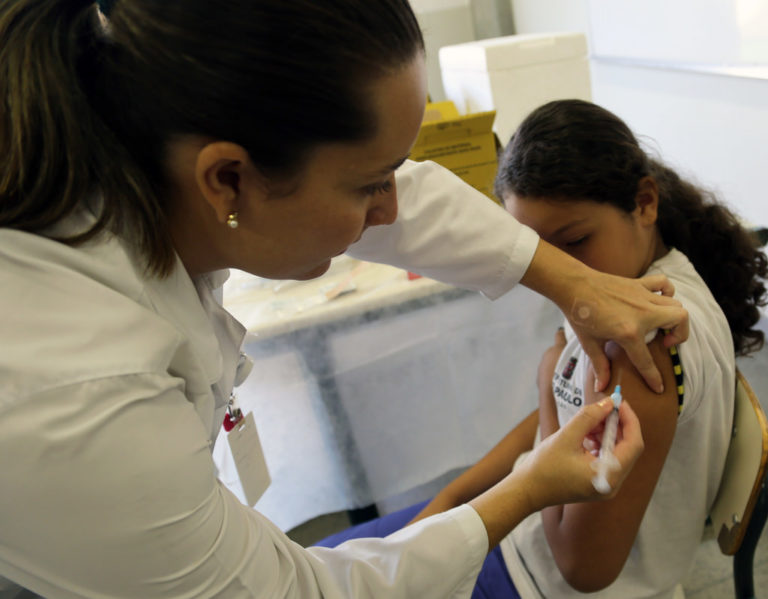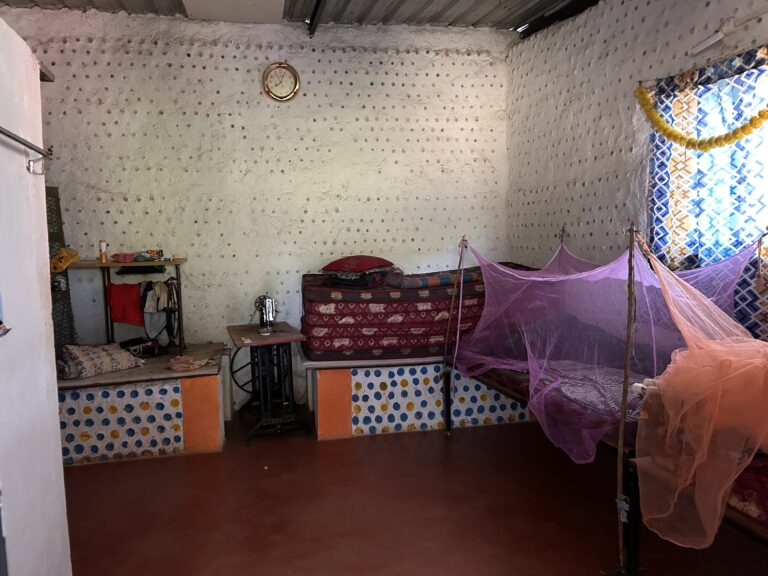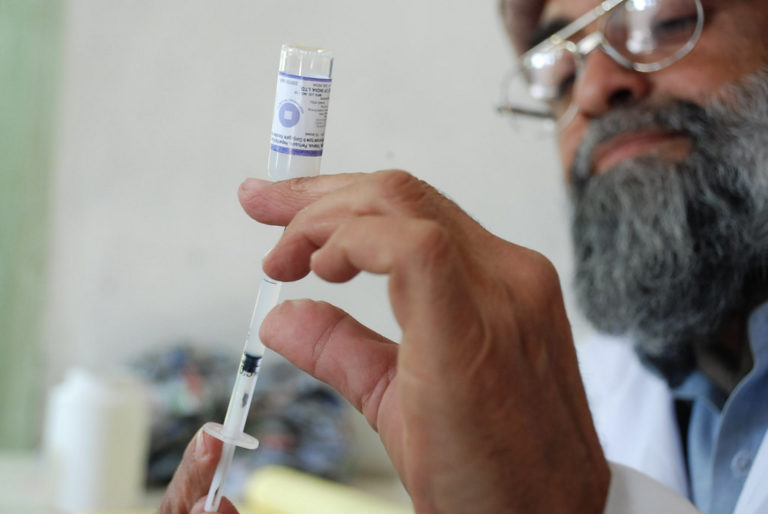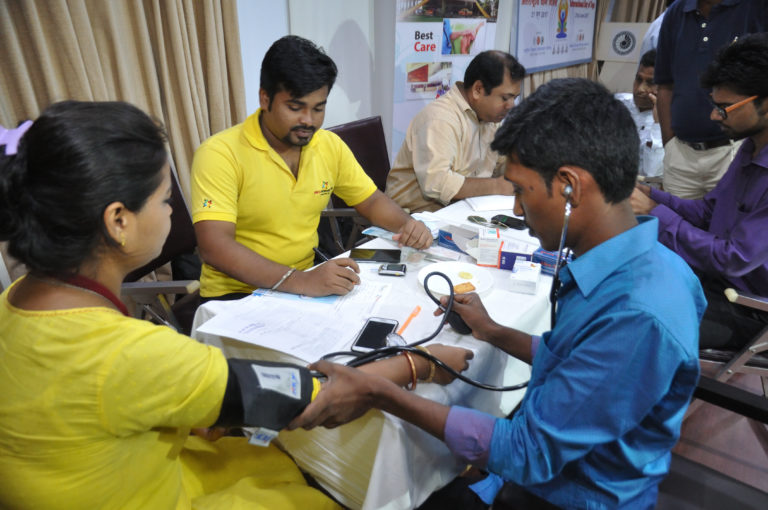Last year Union Budget talked of “encouraging” HPV vaccination but rollout limited to some states
Every year an estimated 77000 Indian women die of cervical cancer – the second most common form of cancer among females in the country. Yet less than 2% Indian women have ever been screened for the disease, show official data.
Cervical cancer is also that one rare form of cancer that can be prevented by a vaccine. But India’s record in that too remains patchy with the conversation about inclusion of the Human Papilloma Virus (HPV) vaccine in the Universal Immunisation Programme (UIP) stuttering at various stages since 2017 when the National Technical Advisory Group on Immunisation first recommended that India should start using the vaccine in young girls. Last year the Union Budget had announced a policy to “encourage” HPV vaccinations but a planned initiative is limited only to some states like Delhi, Punjab and Sikkim.
As the world observes January 2025 as cervical cancer awareness month, public health agencies the world over are calling upon women to come and get screened. Australia meanwhile has announced that it is well on course to become the first country in the world to eliminate cervical cancer, thanks largely to a robust vaccination programme.
Last year a study in The Lancet Regional Health estimated that the five year age standardised survival rate in Indian women detected with cervical cancer stood at about 51%. While the figure had significant regional variations, how early the disease had been detected was one of the predictors of survival. Population based cancer registries in Tripura, Pasighat and Kamrup urban – all in northeast India – saw worse survival figures. Ahmedabad (urban), Thiruvananthapuram and Kollam had comparatively better survival rates.
When Serum Institute of India launched its HPV vaccine Cervavac in 2023, there were high expectations of a countrywide HPV vaccine rollout as it brought down the costs to almost half of what vaccines made by foreign companies charge. However that has not happened though top industry sources say SII is currently sitting on a stockpile of 5 million HPV vaccines. In preparation for a national rollout, the Federation of Gynaecological and Obstetric Societies of India (FOGSI) along with UNICEF brought out last year a guidebook for master trainers for HPV vaccination. The World Health Organisation recommends a90-70-90 approach to cervical cancer elimination – 90% girls to be fully vaccinated within 15 years, 70% women to be screened using a high performance test by the time they are and treatment for 90% women with pre-cancer/cancer.











